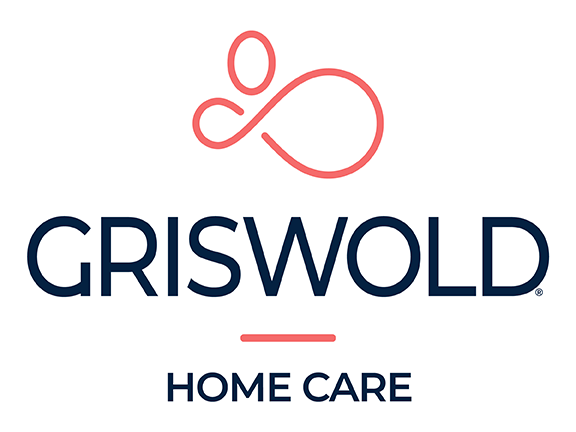Very often the image of a small baby comes to mind when someone hears the term failure to thrive. However, adults — particularly older individuals — can fall into this category, as well. It is important to understand the warning signs in older adults as this can be a critical and deadly illness. Caregivers need to have a failure to thrive care plan in place before it becomes necessary.
According to The Institute of Medicine, failure to thrive is defined as, “Weight loss of more than 5%, decreased appetite, poor nutrition, and physical inactivity.” Failure to thrive in older adults is not just one medical condition. It is a deep-seated disorder that can include physical and mental components. Very often it is accompanied by depression, dehydration, and low cholesterol.
Warning Signs and Statistics
Failure to thrive in older adults is a serious condition that affects the up to 35% of older adults in general, up to 40% of nursing home patients, and up to 60% of hospitalized veterans. This condition is not simply part of the aging process and can often lead to death. It is important to recognize the signs early, so failure to thrive does not advance in your elderly loved one before treatment can begin.
 One warning sign is depression, which is widespread and frequently undiagnosed in older adults. Often the early signs of depression – weight loss, fatigue, changes in mood, and noticeable changes in memory, concentration, and attention span – are misdiagnosed as dementia. Older adults who are worried about their independence may attempt hide these symptoms or mention physical issues rather than symptoms. (www.aafp.org) Older adults who have these signs should be screened for depression.
One warning sign is depression, which is widespread and frequently undiagnosed in older adults. Often the early signs of depression – weight loss, fatigue, changes in mood, and noticeable changes in memory, concentration, and attention span – are misdiagnosed as dementia. Older adults who are worried about their independence may attempt hide these symptoms or mention physical issues rather than symptoms. (www.aafp.org) Older adults who have these signs should be screened for depression.
Unlike depression, malnutrition is an autonomous forecaster to failure to thrive in older adults and mortality. A dietary history, including caloric intake and body weight, needs to be taken and monitored on an ongoing basis. In addition to periodic high calorie booster meals, older adults tend to be open to eating more in the morning. Make breakfast the largest meal of the day and ensure that it nutrient rich while still enjoyable to the patient’s palate.
A Plan to Thrive
A failure to thrive plan for older adults can stabilize and improve the patient’s outlook and outcome. All plans should include the following:
- Monitoring of daily electrolytes and fluids
- Daily weighing and tracking weight trends
- Performing depression assessments – have the primary care provider determine if medicines are necessary
- Recording daily caloric intake and types of foods eaten
- Encouraging participation in activities the patient once enjoyed
- Providing opportunities for exercise at the patient’s level of ability
- Providing social interaction
When developing a failure to thrive plan, it should be a team effort. From the primary care provider to a dietitian, mental health care provider, and family members, there needs to be an awareness and coordination in how to combat all facets of this illness.
What is most important is to understand that weight loss, depression, lack of interest in food and activities are not a normal part of the aging process. These are all signs of something more serious and ultimately can lead to death. Keeping the older adult in your life mobile, social, and involved in their favorite activities can go a long way to keeping them from falling into a failure to thrive elderly prognosis and providing them with a more fulfilling and longer life.
